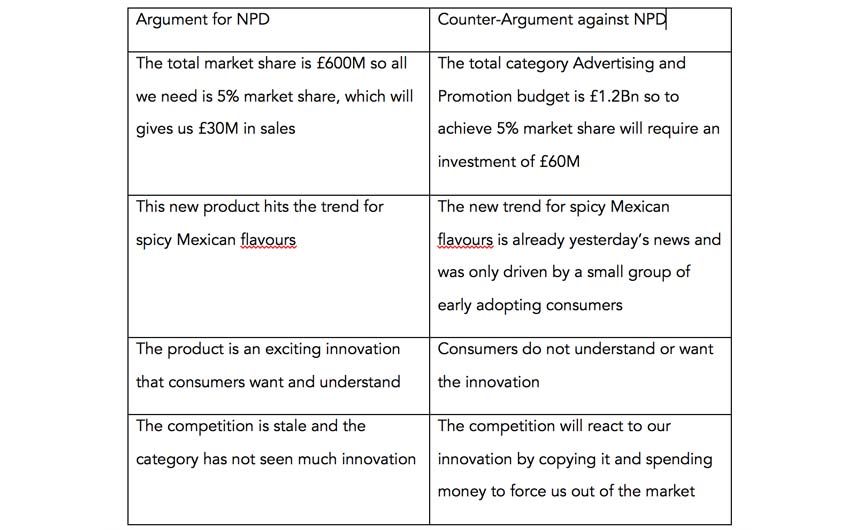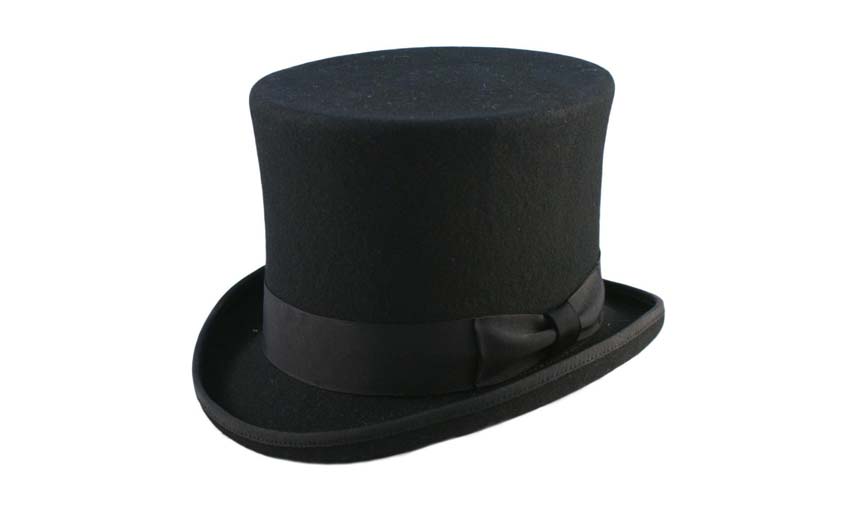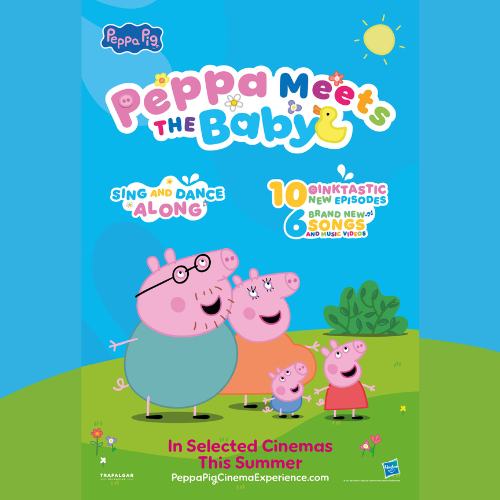Golden Goose’s Adam Bass on why every NPD team should take note of the points below.
Learning the lessons of failure
Typically it is an organisation’s sales team which play a key role in developing and floating new concepts with retail buyers. Retail buyers are desperate for consumer-dazzling in-store innovation: their shelf-space and overstock risk on a new product is tiny compared to a manufacturer so, provided the product idea is credible and the manufacturer is prepared to fund promotions and in-store marketing, the average retail buyer is minded to say yes more often than you might expect.
Despite this, once the buyer has indicated interest, organisations tend to rush forward to hit ranging deadlines, blindly bringing a new product blinking into the world that consumers don’t necessarily want or need. It doesn’t have to be this way…
Promote the voice of dissent
How many of your business development and innovations team are pessimists? I’m guessing none. My suggestion is that every organisation should promote someone – working job title ‘Head of Failure’ – to pursue any new product idea until they have fully answered the question “Why will this product fail?”
My contention is that organisations need a Head of Failure to rebut weak arguments as per the following examples:

Here are some techniques your Head of Failure might like to implement:
- Hold a pre-mortem
In his book Thinking, Fast and Slow, Daniel Kahneman suggests that, before every project or new initiative is backed, a team meeting is held called a ‘pre-mortem’. The aim of this exercise is to fast-forward a dystopian year into the future, strip away the intoxication of anticipated success and explain why the project failed – and then do everything possible to avoid these explanations.
We recently held a pre-mortem four months before the launch of a range of new products under the Men’s Health brand. The exercise helped us to hold back a marketing campaign that would otherwise have been focused on one new product that was going to launch earlier than a complete range.

- Get consumer insight right
Imagine arranging a ski-trip for ten friends. It’s virtually unimaginable that everyone will sign up. And yet we FMCG folk can easily imagine that thousands of strangers will pick up our product from the supermarket aisles, take it home, consume it and then buy it again as a newly loyal customer.
P&G launched Febreze as a scientifically innovative odour neutraliser in the 1990’s spending significant sums on marketing but, unexpectedly, sales were terrible. The product was scientifically revolutionary but the consumers they were targeting – smokers, dog owners, cat owners – were noseblind.
It was market research that discovered the critical after-cleaning behaviour that laid the foundations for success: homeowners liked to add a ‘spritz’ of smell as ‘confirmation of clean’. This insight turned around the brand and it became a ‘fragrance-enhanced’ odour neutraliser.
Market researchers will trumpet this case study as an advertisement for their services, but one wonders how much market research would have anticipated this problem before it happened? Would anyone at P&G have listened if their ‘Head of Failure’ insisted that the odour neutralising product needed to have odour added to it?

- Embrace the Black Hat
Philosopher Edward de Bono talks about the idea of thinking hats. He suggests a Blue hat be adopted for talking about process, a Green hat for creative focus, a Yellow hat for optimism, a Red hat for emotional response and, critically, a Black hat that examines the potential negatives and downsides.
As part of their work, Heads of Failure need to go into the field with the product and sit and watch consumers use it. These significant moments should become the centrepiece for the marketing campaign that the new product will definitely need. Think of the number of ways Nestlé has advertised Kit Kat. It has positioned it as a break, but it always shows the consumer snapping the two bars apart. In the days when they were foil wrapped, that moment when the foil was split was a key part of the consumption.
So many products just don’t launch properly because everyone is hoping the consumer will somehow just magically ‘get it’ and don’t really study the usage of the product category. A black hat thinker has to be employed to ask the question, ‘what if the consumer doesn’t get it?’
- Develop AB testing
If you look at the Fortune 500 from 1955 and compare it to 2016, only 12% of companies are still in business. Will today’s titans still be standing in 2068? Faced with these statistics, the temptation would be to avoid taking any risks but, for most businesses, risk is their only way to grow.
Online marketeers eliminate risk by conducting AB testing – launching multiple versions of the same website to test consumer reaction and then fully launching the one that gathers the best response. This idea should be employed in FMCG marketing of retail products with a Head of Failure tasked with evaluating which idea is the worst.
Conclusion
It is time for business to embrace the possibility – in fact the probability – of failure, and to look at the best way to avoid it or deal with it when it happens.
We don’t hear about projects killed at birth, but we should salute the brave people who make bold decisions not to do stupid things.
This feature originally appeared in the autumn 2018 edition of Licensing Source Book.

































